The church of St Nicholas has stood on the site of The Chellington Centre since the 12th century and remained a place of worship until the early 1970s when it was declared redundant.
Support was given for the church building to be used as a residential youth centre where young people could stay for short periods and experience life as a community.
In the following years, much work was undertaken by groups of young volunteers to make it fit for habitation and later, to provide hot water, showers and other ‘luxuries'.
Youth groups used the Centre, commonly known just as Chellington, or ‘Chellie' until 1991. By the middle of the decade, much work was needed to bring the Centre up to a good standard and meet the ever changing requirements of legislation. This saw the birth of The Chellington Project.
Faced with the possibility of complete closure, a strong lobby group ensured that the church at Chellington would retain it's much loved status in the community through a complete modernisation programme.
A local team was given the task of breathing new life into the church building and raised the funds to carry out the £1.2 million conversion. Work started in October 2004 and The Chellington Centre was formed, providing a high standard, yet affordable, residential youth centre that would meet Health and Safety and Child Protection requirements, receiving it's first group in September 2005.
The trustees of the Chellington Charity are extremely grateful to all those who supported the transformation of the church of St Nicholas into the life-changing facility it has become today.
Historical information from British History Online: Chellington | British History Online (british-history.ac.uk)

Bronze-age village with hill location overlooking river in Great Ouse valley.
Stone Church of St Nicholas was built during thriving growth of Chellington
Chellington and Carlton villages draw together and community begins a shift from top to bottom of hill
St Nicholas continues as place of worship, Now only building on the hill with farm nearby.
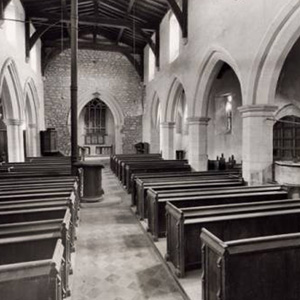
Youth ‘Camping Barn’ basic facilities for young groups to gather.
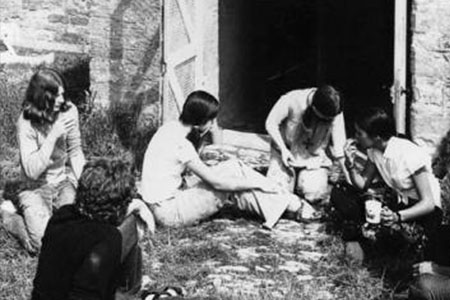
Due to the very basic nature of the existing retreat, the Diocesan Synod decided to go ahead with redeveloping Chellington. Under a new independent committee, the first major donation came from the Leathersellers Company followed steadily by other Livery Companies, then Wixamtree, Bedfordia and most significantly by Edith Winifred Hall Charity and the Carlton Education Trust. In addition there were many local people who helped enormously with the project and their contributions must rank with the most generous and supportive.
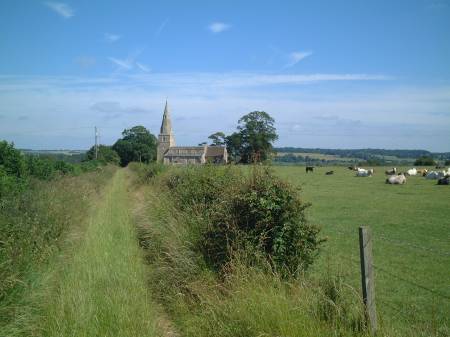
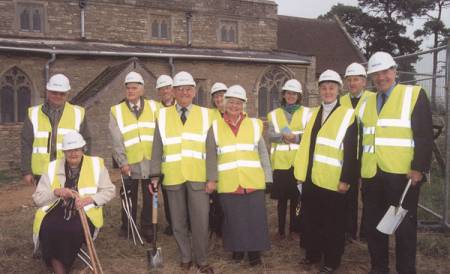
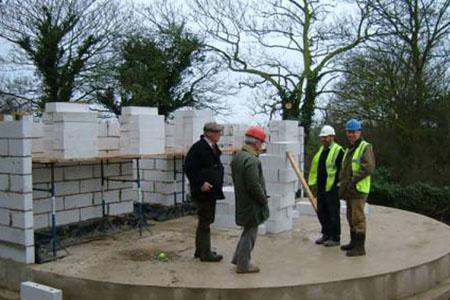
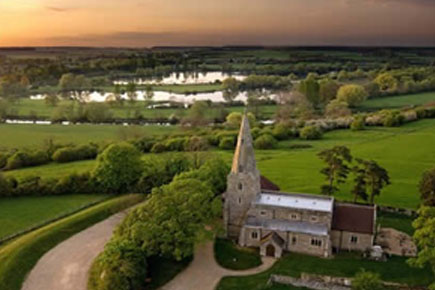
Today Chellington is an in dependent charity run by a small team, helped enormously by local Trustees and volunteers with the continued support of the Edith Winifred Hall Trust and Carlton Education Trust
dependent charity run by a small team, helped enormously by local Trustees and volunteers with the continued support of the Edith Winifred Hall Trust and Carlton Education Trust
Air-source heat system improves environmental credentials.
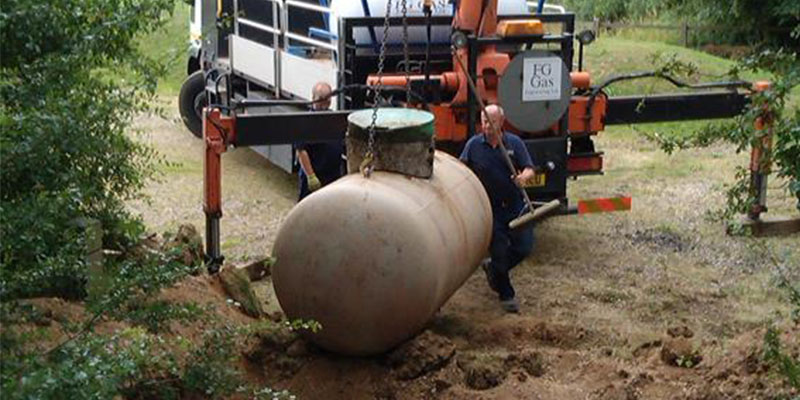
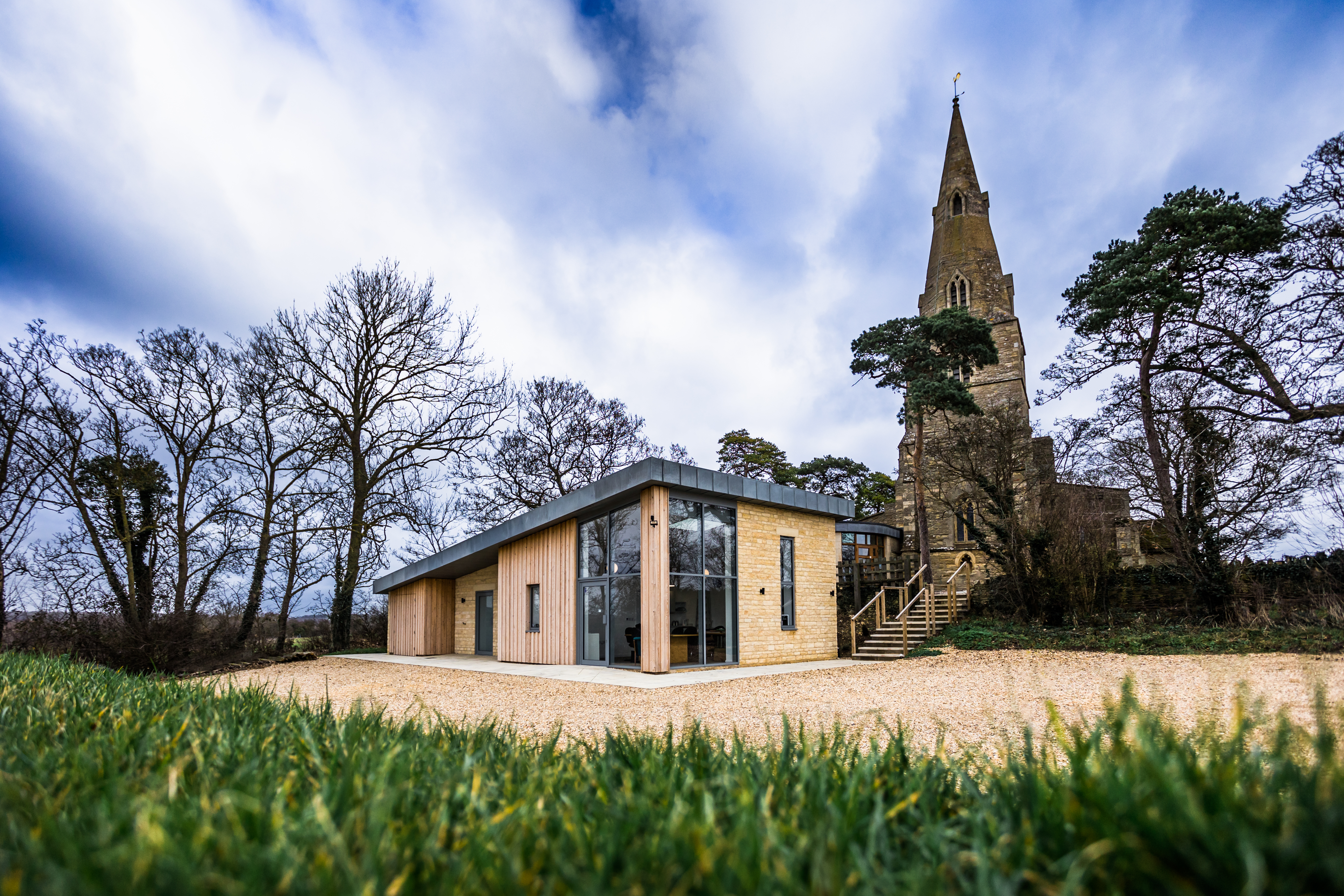
Named after Peter Herald, Chellington's longest standing volunteer and later trustee, The Herald Building provides washrooms for campers, an office for the staff and much needed storage.
Today: Groups continue to come and enjoy exclusive-use of centre for a day or overnight stays.
